According to the California Interscholastic Federation (CIF), 763,867 student-athletes competed in education-based athletic programs in California during the 2022-23 school year.
Sports programs are one of, if not the, highest involvement students choose to tend to participate in on a school campus.
Throughout the years, there has been a major division between private schools and public schools regarding athletics.
With more funding, many private schools are able to recruit talented athletes from all over the country to their school by providing scholarships to help pay for tuition.
“Private schools get much more money from donors and feeder teams. A lot of the best players attend private schools,” said varsity basketball player Mason Hodges (12).
Majority of these talented athletes didn’t attend these private schools at first. They are often recruited and invited for campus tours by different coaches, in hopes of creating a dream team.
Private schools get a certain number of financial aid they can provide to recruits, being able to offer a good education while playing for a top school.
“I think they are affected way more than we are. Those student athletes don’t really focus on being a student at that point, they prioritize their sports not education. We take pride in our academics,” said Hodges.
For public schools, geography matters. Public school coaches are often limited to their players and have to stay in a certain zone and district divisions.
Geography does not matter to private schools. Private schools are schools of choice, therefore athletes can come from anywhere to play their sport at these schools.
Every year athletes graduate, however, that doesn’t stop these schools from having a good team the following year. These schools are always focused on the future, recruiting years in advance so they always have a new cycle of talented players.
Private schools are always seen as the major threats in leagues and divisions. They are typically favored to win when matching up against public schools due to their advantages.
The dominance from these schools hasn’t gone unnoticed. The superior has raised one of the most important questions: Is a Public versus Private school athletics game unfair?
“When playing against private schools, there’s definitely a difference in performance and skill level. They have the tools and resources to get the best players from the county,” said Hodges.
There are some regulations to transfer eligibility. According to CIF, depending on when the application was filled out, athletes that transfer might have to partake in a “Sit Out” period or be ineligible for a whole season before playing.
However, that still doesn’t stop private schools. Private schools have found loopholes so that their team doesn’t “suffer”.
Private schools coaches are responsible for creating their game schedules. Therefore, when coaches know that several of their star players are not eligible to play at the start of the season, they schedule a heavy load of their games during the second half of their season.
Scheduling for the second half of season, promises eligible players, thus they won’t lose or mess with their stats by arranging a few games at the start.
“We’ve played a couple private school teams and have seen them around since then. They had way more talented players since the transfers could play,” said flag football player Makayla Barry (11).
There’s an apparent division between private and public schools. In years to come, private schools will be powerhouse schools and dominate nationwide. The debate will continue unless something is done.
“We go in knowing it’s going to be challenging, but bottom line, we just have to outwork them,” said Barry.

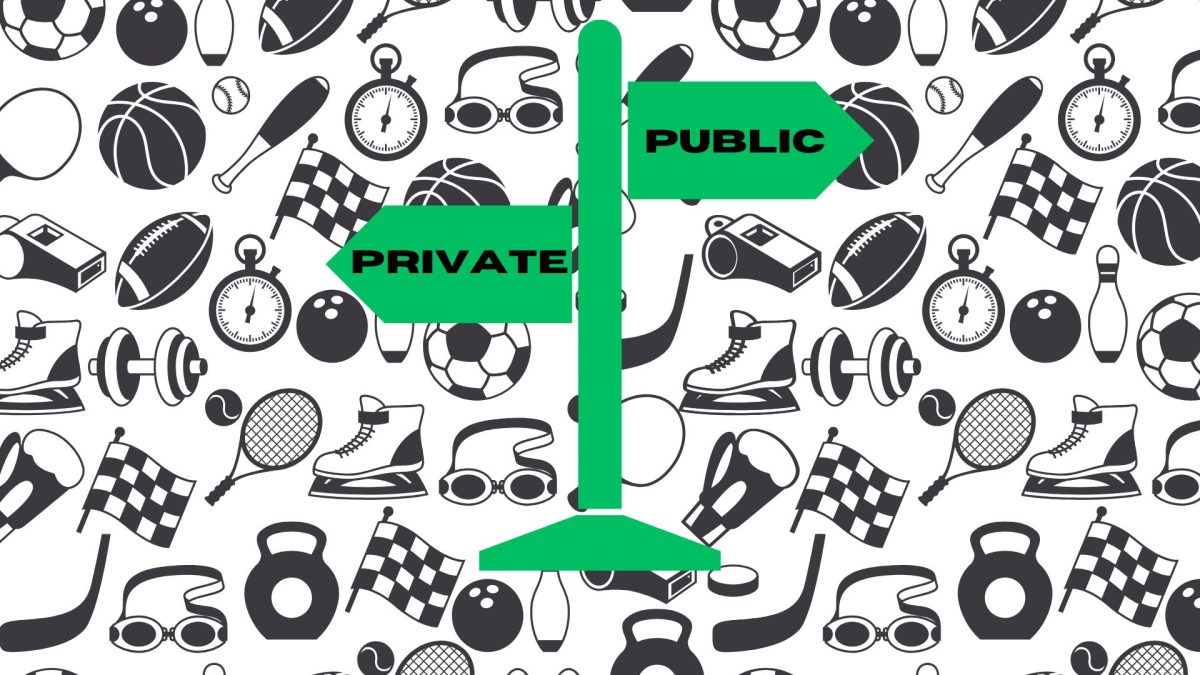
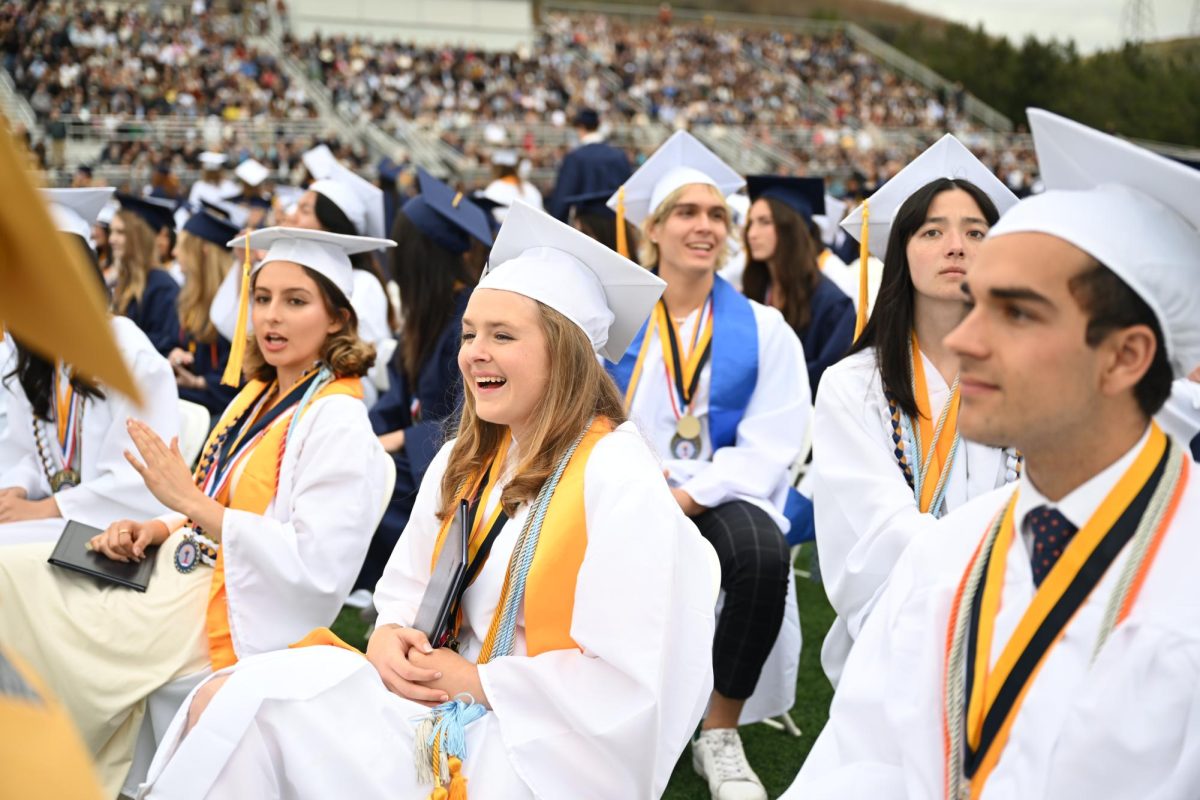
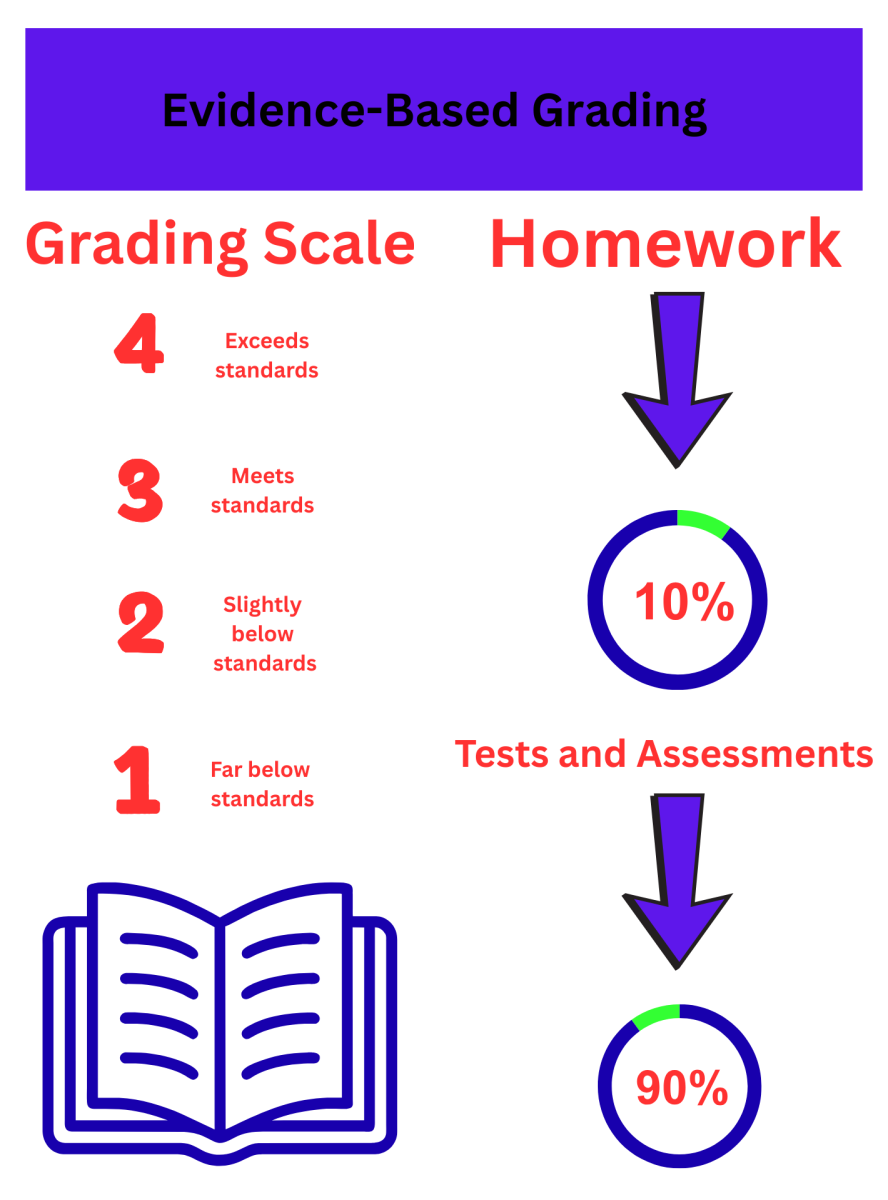


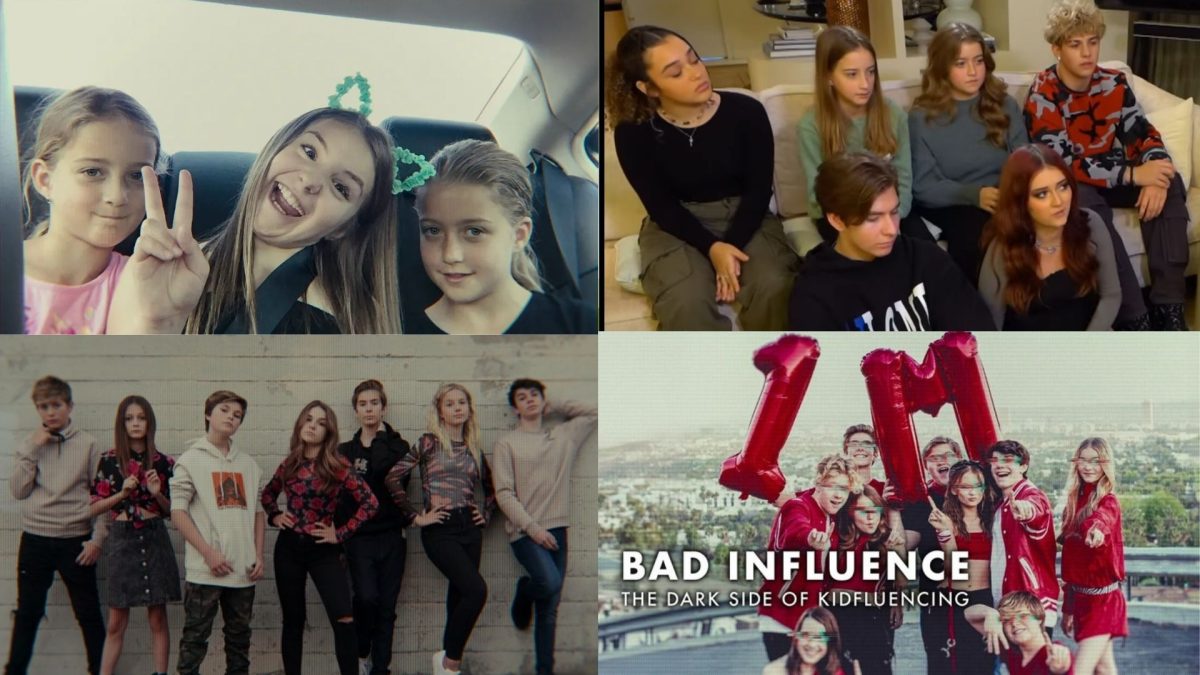
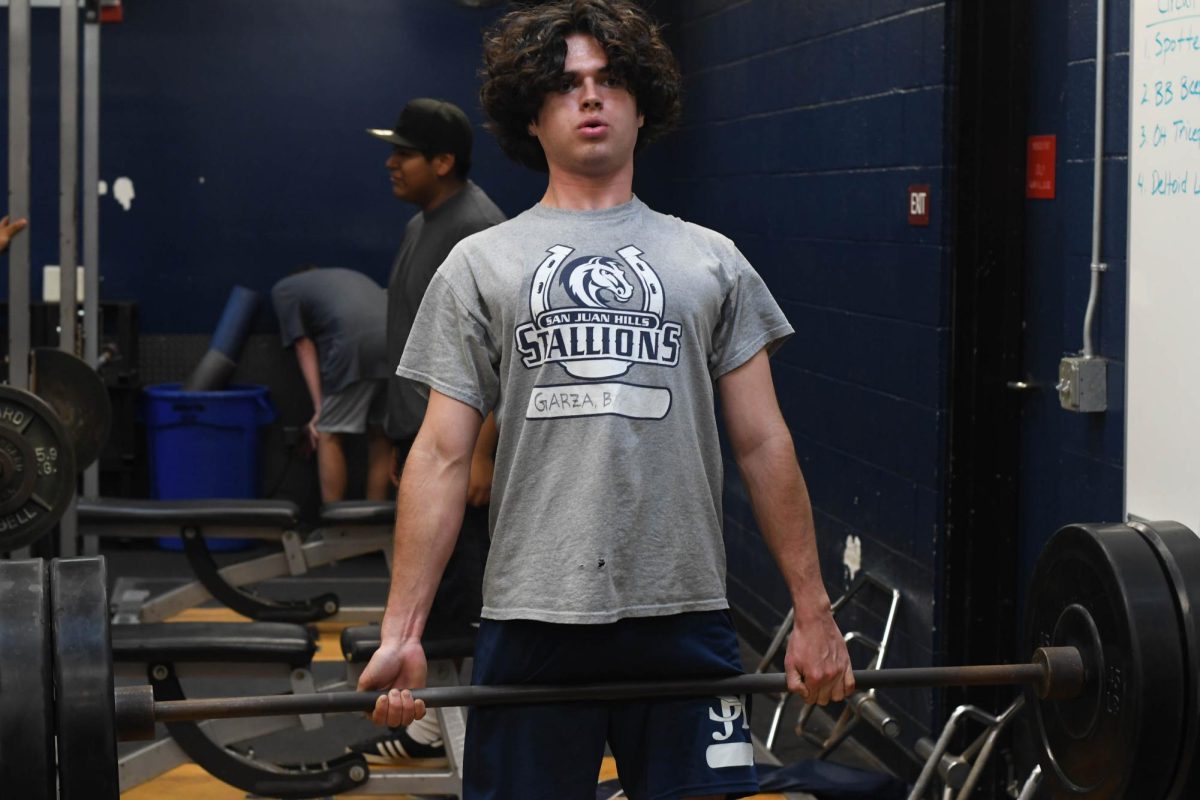

Dale Palmer • Apr 10, 2025 at 2:16 PM
Having coached in public school for thirty years, I never minded playing private schools during the regular season or in tournaments. However, public schools should not have to play against private schools in any state tournaments. The advantages private schools have cause them to dominate state championships. There should be separate public and private state championships.